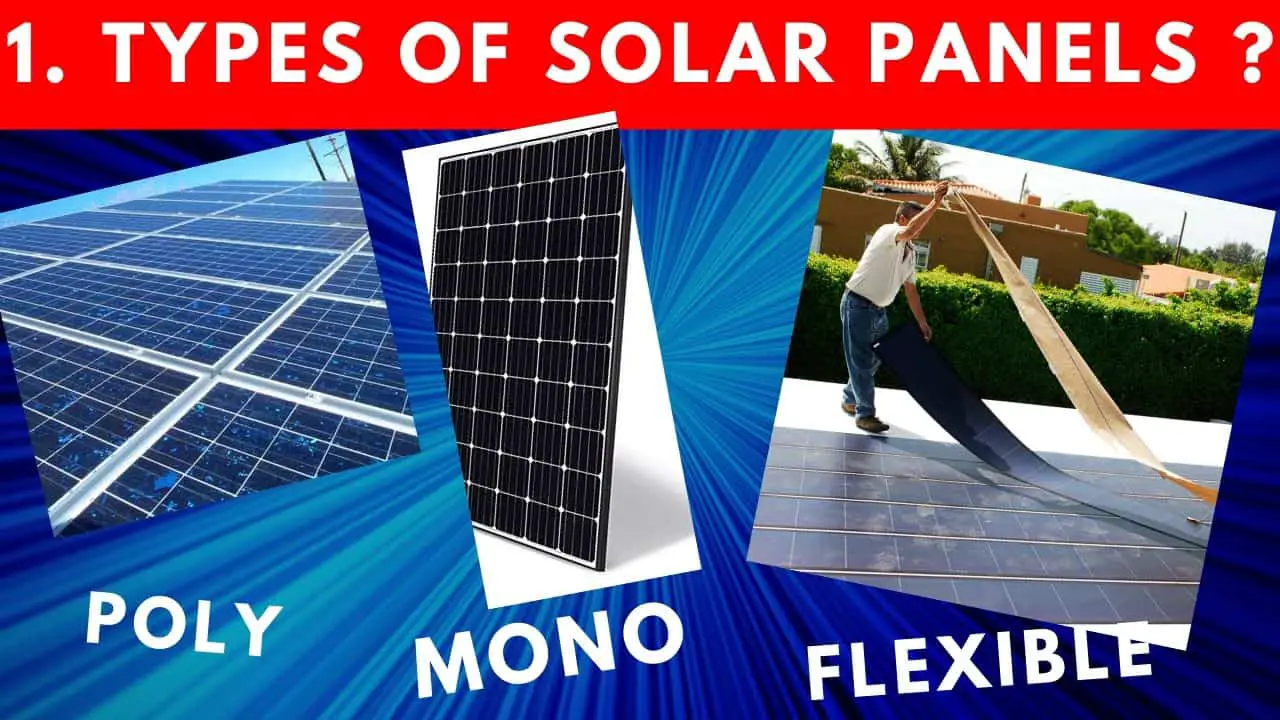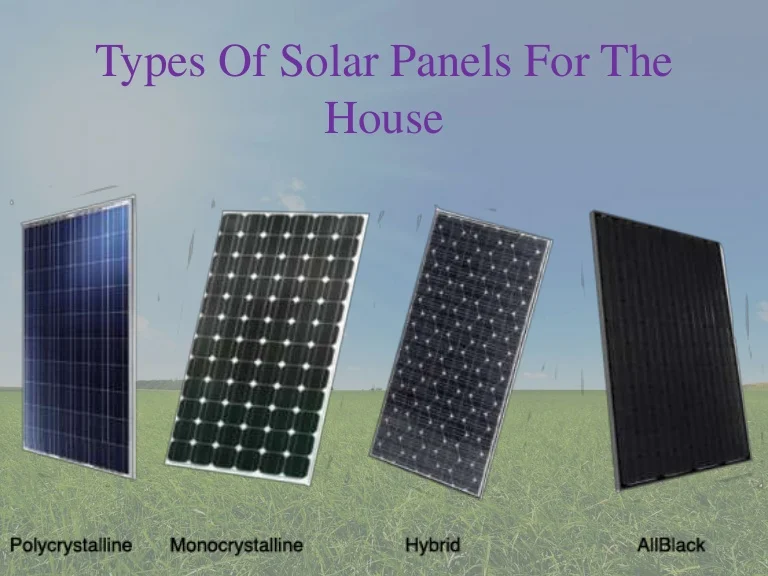A Biased View of Solar Systems
All About Solar Systems
Table of ContentsSolar Systems Things To Know Before You Get ThisThe Facts About Solar Systems UncoveredA Biased View of Solar SystemsSolar Systems Fundamentals ExplainedEverything about Solar Systems
When it comes to thin-film solar panels, these are best suited for areas where the hefty as well as labor-intensive setup of crystalline silicon is not viable. Such places can consist of commercial structures with tight rooms or thin roofing systems; portable areas such as recreational cars and boat; as well as areas that need adaptable installment rather than rigid paneling.Whatever type you pick to go with, make sure to do your research to ensure that it's the ideal alternative for your demands. To discover more concerning solar fundamentals register for our blog.
The majority of the solar panel choices presently readily available suit one of 3 kinds:, (likewise referred to as multi-crystalline), and. These solar panels differ in exactly how they're made, look, performance, prices, and the installations each are best fit for. Relying on the sort of installation you're taking into consideration, one option might be better than the others.
Monocrystalline panels are in between 15-20% effective, making them the most reliable of all crystalline panels, Polycrystalline panels are in between 15-17% reliable and also can be the most economical choice. Thin movie photovoltaic panels are best for unorthodox roof covering styles and also are one of the most resistant. To produce electrical power, solar cells are made from a semiconducting product that transforms light into electrical power.
All About Solar Systems
Both monocrystalline and polycrystalline photovoltaic panels have cells made from silicon wafers. To build a monocrystalline or polycrystalline panel, wafers are set up into rows as well as columns to develop a rectangle, covered with a glass sheet, and framed with each other. While both of these kinds of solar panels have actually cells made from silicon, monocrystalline and polycrystalline panels differ in the composition of the silicon itself.
Alternatively, polycrystalline solar cells are composed of fragments of silicon crystals that are thawed with each other in a mold and mildew before being reduced right into wafers. Unlike monocrystalline and also polycrystalline photovoltaic panels, thin-film panels are made from a variety of products. One of the most prevalent sort of thin-film solar panel is made from cadmium telluride (Cd, Te).
This type of thin-film technology likewise has a glass layer on the top for security. Thin-film solar panels can also be made from amorphous silicon (a-Si), which resembles the structure of monocrystalline and polycrystalline panels. Though these thin-film panels utilize silicon in their make-up, they are not composed of solid silicon wafers.
While the solar cells themselves are black, monocrystalline photovoltaic panels have a variety of colors for their back sheets and also frameworks. The back sheet of the solar panel will certainly usually be black, silver or white, while the steel structures are generally black or silver. Unlike monocrystalline solar cells, polycrystalline solar batteries have a tendency to have a bluish color to them due to the light reflecting off the silicon pieces in the cell differently than it reflects off a pure monocrystalline silicon wafer.
Solar Systems Things To Know Before You Buy

Bifacial photovoltaic panels can capture sunshine from both the front as well as rear of the panel, hence generating more Our site power than comparably sized, traditional photovoltaic panels. Several bifacial solar panels will certainly have a transparent back sheet to make sure that sunlight can go via the panel, show off the ground surface and back upwards in the direction of the solar cells on the rear end of the panel.
Silicon is occasionally used to make thin-film solar panels, it is not the exact same solid silicon wafers. Instead, it is a non-crystalline kind of silicon. Thin-film solar panels have a tendency to have reduced efficiencies, as well as power abilities compared to crystalline panels. With effectiveness getting to around 11 percent, they call for a whole lot more roof covering room to generate a large amount of solar energy.
In spite of this, thin-film panel still have their location in the solar market., so home proprietors who do not such as the appearance of solar panels can still go solar.
Not known Details About Solar Systems

Photovoltaic panel effectiveness (measured in percentage) allows you recognize a solar panel's capability to turn sunshine into electrical power (solar systems). If solar panels with various effectiveness scores get the very same amount of sunlight for the same quantity of time, the extra effective panel will create even more electrical power than the less reliable panel.
While photovoltaic panel efficiency is just one of one of the most important characteristics used to analyze a photovoltaic panel's quality, it is not the only variable to think of when picking photovoltaic panels. Another variable to take a look at when deciding on photovoltaic panels for your home is their style as well as the products made use of to construct them.
Monocrystalline solar panels utilize a production method that obtains the Read Full Report a lot Resources of out of the parent material silicon. In a monocrystalline solar panel, silicon ingots are reduced into thin wafers as well as placed on panels.
The 10-Minute Rule for Solar Systems
We want to provide you panels with premium efficiency, because you will have more complete satisfaction (as well as production) in the long run.